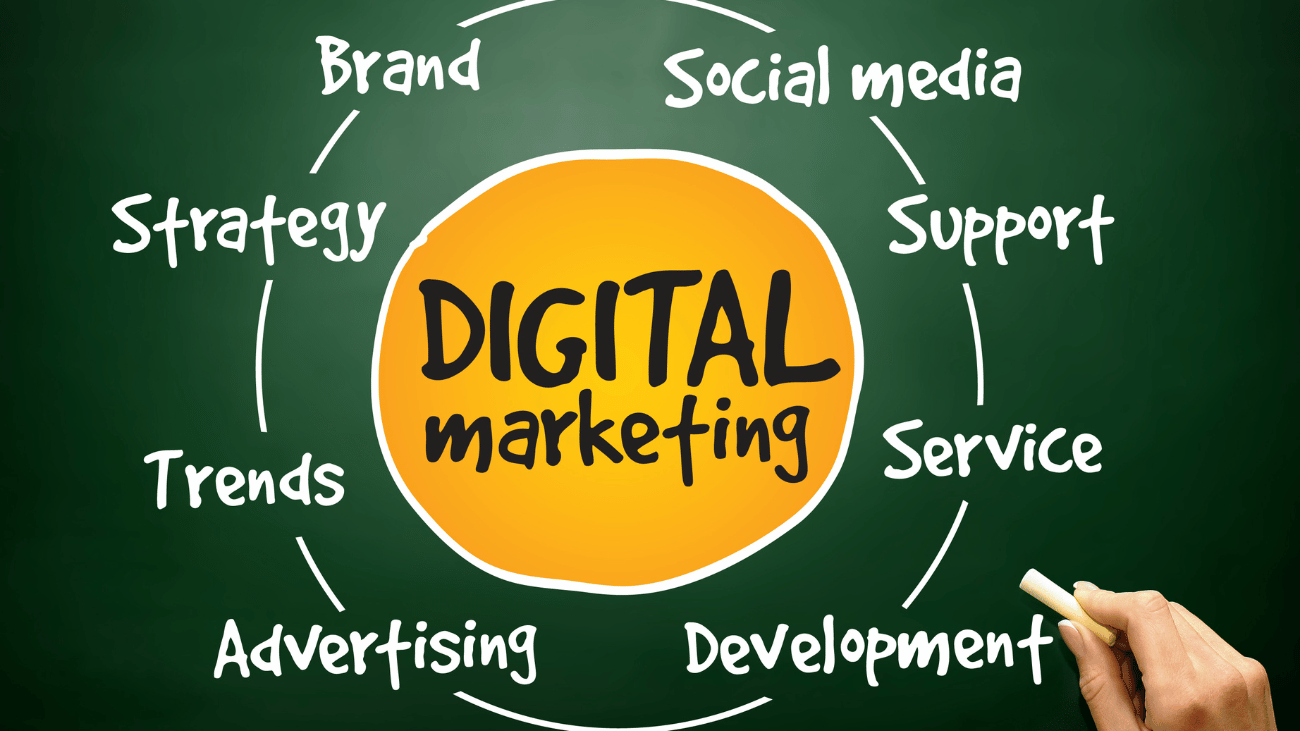Introduction
Mohrer Associates LLC is a well-established firm specializing in a variety of consulting services tailored to meet the diverse needs of its clients. With a commitment to excellence and customer satisfaction, the company has garnered a reputation for providing insightful solutions that drive growth and operational efficiency. Their service offerings span across several sectors, including business strategy, project management, and organizational development, ensuring that clients receive comprehensive support to achieve their goals.
As organizations increasingly seek external expertise to navigate complex challenges, understanding how to contact Mohrer Associates LLC becomes crucial for both potential clients and interested parties. Effective communication is key in establishing a successful partnership, and knowing the appropriate channels of contact will facilitate this connection. Furthermore, timely access to the company’s resources and specialists can significantly enhance project outcomes, providing the necessary insights and guidance.
This article aims to equip readers with clear and concise information on how to reach out to Mohrer Associates LLC. By detailing the various methods of communication available, potential clients can take the necessary steps to engage with a firm that prioritizes their needs. Whether individuals are looking for consultation or corporate solutions, familiarity with contact procedures fosters a more streamlined approach to obtaining assistance.
Ultimately, Mohrer Associates LLC stands ready to support its clients; ensuring the right connection is established is the first step towards a fruitful collaboration. Therefore, understanding the avenues to reach the company is not merely about convenience, but about laying the foundation for successful engagement and productive outcomes in their respective endeavors.
Why Contact Mohrer Associates LLC?
Mohrer Associates LLC is a reputable firm that provides a wide range of professional services tailored to meet the diverse needs of businesses and individuals alike. Engaging with Mohrer Associates LLC can prove beneficial in various scenarios, as the firm’s extensive expertise promises to deliver notable results. Here are several reasons why one might consider contacting Mohrer Associates LLC:
- Consulting Services: The firm offers strategic consulting aimed at enhancing operational efficiency and business performance. Their team of experts analyzes existing systems and proposes tailored solutions that are practical and sustainable.
- Human Resources Services: Mohrer Associates LLC assists companies in streamlining their HR processes. From recruitment to employee training and development, their HR services ensure that organizations not only attract but also retain top talent.
- Project Management: With a solid track record in successful project execution, the firm provides comprehensive project management services. They apply best practices to keep projects on track, within budget, and aligned with the client’s goals.
- Custom Solutions: Mohrer Associates LLC specializes in developing bespoke solutions tailored specifically to the unique challenges faced by clients, addressing their specific needs and objectives systematically.
One satisfied client noted, “Working with Mohrer Associates LLC transformed our approach to project management and helped us meet our deadlines consistently. Their professionalism and knowledge proved invaluable.” This endorsement highlights the reliability and effectiveness of the services offered by Mohrer Associates LLC. By reaching out to them, clients can leverage their comprehensive expertise to foster growth and success within their organizations.
Contact Methods
Reaching out to Mohrer Associates LLC can be accomplished through various methods, each offering unique advantages and potential drawbacks. Below is a detailed breakdown of the available contact methods, inclusive of their pros and cons to help you choose the most suitable one for your needs.
- Phone:
- Pros:
- Immediate response: Speak directly with a representative for quick resolutions.
- Clarification: Enables real-time discussion to address complex inquiries.
- Cons:
- Availability: Limited to business hours, which may not fit all schedules.
- Potential wait times: May require holding, leading to delays in communication.
- Pros:
- Email:
- Pros:
- Documentation: Provides a written record of your query and the response received.
- Flexibility: Can be sent at any time, accommodating various schedules.
- Cons:
- No immediate feedback: Requires patience for a reply, which can lead to prolonged issues.
- Spam filter risks: Your email may not be seen if it gets filtered as spam.
- Pros:
- Physical Address:
- Pros:
- Face-to-face interaction: Offers personal engagement which can strengthen relationships.
- Document submission: Ideal for delivering physical documents directly.
- Cons:
- Travel time: Requires time to visit the location, which may not always be practical.
- Office hours: Limited availability might restrict visitation to allotted times.
- Pros:
| Method | Pros | Cons |
|---|---|---|
| Phone | Immediate response, real-time discussion | Business hours limited, potential wait times |
| Written record, flexible timing | Delayed response, spam risks | |
| Physical Address | In-person engagement, document handover | Travel required, limited office hours |
Each method of contact has its merits and drawbacks, and choosing the right one depends on your specific needs and circumstances. Consider these factors carefully when reaching out to Mohrer Associates LLC.
Using the Website to Reach Out
Mohrer Associates LLC provides various avenues for reaching out through its official website. Navigating the site effectively can help users find the necessary contact information or make inquiries regarding services offered. Here is a step-by-step guide to assist users in this process:
- Visit the Homepage: Start by entering the official website URL of Mohrer Associates LLC in your web browser.
- Locate the Navigation Menu: Once on the homepage, identify the main navigation menu usually positioned at the top or side of the screen.
- Access the Contact Section: Look for a menu item labeled “Contact Us,” “Get in Touch,” or similar terminology, and click on it. This page typically contains various ways to communicate with the company.
- Review Contact Options: In the contact section, users will find multiple options such as an email address, phone number, and even a physical address. This information is essential for making direct contact.
- Fill Out Contact Forms: Some pages may provide contact forms for specific inquiries. Ensure you fill these out completely, providing relevant details to receive a prompt response.
- Check for Additional Resources: The website may offer FAQs or help documents addressing common inquiries. It is advisable to review these before reaching out.
- Submit Inquiries: After filling out the contact form or making direct contact through email or phone, submit your inquiry and await a response from the Mohrer Associates team.
For more detailed information, users can visit the Mohrer Associates LLC website. By following these steps, individuals can ensure they effectively navigate the site to find the contact resources they need.
Social Media Contact Options
Mohrer Associates LLC has embraced several social media platforms as part of its communication strategy, providing potential clients with accessible channels to engage with the company. These platforms not only facilitate interaction but also serve as a robust source of information regarding the company’s services, updates, and industry-related content. Below are the primary social media avenues through which individuals can connect with Mohrer Associates LLC:
- LinkedIn: Mohrer Associates LLC maintains an active presence on LinkedIn, a platform dedicated to professional networking. Potential clients can follow their page to stay updated on company news, industry insights, and job postings. Engagement can be fostered through comments on posts, sharing relevant content, and direct messaging for inquiries.
- Facebook: The company utilizes Facebook to reach a broader audience and foster community engagement. By liking and following their Facebook page, clients can access posts highlighting company initiatives, client success stories, and upcoming events. Users can interact by commenting on posts, sharing their experiences, or sending messages for immediate questions.
- Twitter: With its dynamic and fast-paced nature, Twitter is another platform where Mohrer Associates LLC shares quick updates, industry news, and valuable tips. Clients are encouraged to follow their Twitter account to engage in real-time conversations via retweets and mentions. Additionally, utilizing direct messages on Twitter can provide a more personalized response to specific inquiries.
These social media platforms exemplify how Mohrer Associates LLC connects with potential clients while enhancing its visibility. By leveraging these channels, they aim to cultivate relationships and provide timely information that adds value to their audience. Whether seeking assistance or wanting to learn more about the company, utilizing these social media avenues is both effective and user-friendly.
Tips for Effective Communication
Effective communication is essential when reaching out to Mohrer Associates LLC to ensure clear understanding and swift responses. Below are valuable tips that can guide you in your interactions with the firm.
- Clarify Your Purpose: Before reaching out, take a moment to define the purpose of your communication. Whether it is an inquiry about services, scheduling a meeting, or seeking support for a project, stating your intention clearly will facilitate a more productive discussion.
- Provide Relevant Information: When contacting Mohrer Associates LLC, include all pertinent details that might assist them in addressing your request effectively. This can include your name, company affiliation, the context of your inquiry, and any specific questions you may have.
- Suggest Meeting Times: If a meeting is necessary, it is helpful to propose several time slots that work for you. This demonstrates your willingness to engage and allows for a more efficient scheduling process.
- Utilize Professional Language: Maintain a formal tone throughout your correspondence. Use clear language and avoid jargon unless it is common within both parties’ contexts. This ensures that your message is understood accurately.
- Follow Up: If you do not receive a response within a reasonable timeframe, don’t hesitate to send a polite follow-up email. This reiterates your interest and keeps the lines of communication open.
As communication expert David Niven once stated, “Effective communication is the key to successful relationships.” Implementing these tips can significantly enhance your interactions with Mohrer Associates LLC, fostering a collaborative and productive dialogue.
Frequently Asked Questions
Contacting Mohrer Associates LLC can raise several questions about the process, as well as general inquiries related to their services. Here
Additional Resources
To further enhance your understanding of Mohrer Associates LLC, we recommend exploring a variety of helpful resources that provide additional context, insights, and guidance regarding the company’s operations, services, and industry presence. Below, we have compiled a list of valuable links and resources that can deepen your knowledge.
- Mohrer Associates Official Website: A comprehensive source where you can find detailed information about the company’s services, values, and mission. This site is essential for potential clients seeking to understand Mohrer Associates LLC in depth.
- Client Testimonials: Explore authentic client testimonials and case studies featured on the official website. These testimonials provide real-world insights into the client experience and effectiveness of the services offered by Mohrer Associates LLC.
- Industry Articles: A selection of articles discussing trends and challenges within the industry can be found at [Industry News Source]. These articles help contextualize the work that Mohrer Associates LLC does and the market it operates within.
- How-To Guides: A series of how-to guides focused on best practices relevant to the services provided by Mohrer Associates LLC are available at [Guide Source]. These guides are designed to empower clients and stakeholders to make informed decisions.
- Video Interviews: Check out video interviews with company executives and industry experts, available on platforms like [Video Platform]. These videos offer a more personal viewpoint on the company’s philosophy and strategic direction.
- Social Media Channels: Follow Mohrer Associates LLC on platforms such as LinkedIn and Twitter. Their social media presence provides timely updates, industry news, and engagement opportunities, showcasing their commitment to communication.
Utilizing these resources can provide a comprehensive view of Mohrer Associates LLC and its impact on the industry, equipping you with engaging content to make well-informed decisions.
Conclusion
In conclusion, understanding how to contact Mohrer Associates LLC is essential for anyone seeking their services or requiring assistance. This guide has outlined several methods to reach out to the firm, ensuring that potential clients have multiple avenues for communication. Whether through telephone, email, or their website, Mohrer Associates LLC provides accessible options to cater to varied preferences.
We have highlighted the significance of direct communication by showcasing the business’s official contact numbers and email addresses. Additionally, we discussed the advantages of visiting their website, where potential clients can find pertinent information and resources that might assist in addressing specific inquiries. By utilizing these contact methods, individuals and organizations can effectively initiate dialogue and obtain prompt responses regarding their needs.
Furthermore, we encourage readers to consider the appropriate time and method when reaching out, as these factors can significantly influence the response time and level of assistance received. Being clear and concise in your communication will help the team at Mohrer Associates LLC to address your concerns more efficiently, paving the way for a smooth interaction.
Overall, establishing contact with Mohrer Associates LLC does not have to be a daunting task. Through this article, we have provided you with the tools necessary to reach out effectively. We hope that you feel empowered to make that initial connection, whether for professional services, partnerships, or inquiries, leading to fruitful discussions and outcomes. Take the next step with confidence as you leverage the information provided to connect with Mohrer Associates LLC.


 Cart is empty
Cart is empty 








